A nature table, also known as a seasonal table, is a place in the home where you can follow the natural cycle of the year. (Remember this post where I discussed rhythm? I mentioned a yearly rhythm and this is a great way to incorporate that).
The nature table allows the changes that are taking place in the natural world to be given expression indoors. The figures and items on the table depict the essence of what is happening in nature. Creating and maintaining a nature table will sharpen your observation of what goes on in nature from your adult consciousness. Young children do not knowingly study nature but they are nevertheless unconsciously aware of its laws.
The important aspect of a nature table as it relates to children is that the child is able to connect with the objects and the scene depicted on the table. First, the search for objects in nature help both parents and child connect to and live in accordance with the rhythm of the seasons. We are no longer just a part of time forward but we are experiencing deeply a piece of the season. When we as parents bring the external world indoors, children learn to appreciate the many ways in which nature is at work in their surroundings.
A nature table or seasonal table can be whatever you want it to be. Simple or elaborate. Generally, the scene will be related to the current season or an upcoming festival or holiday. I typically have a Spring nature table in March, April, and May; a Summer nature table in June, July, and August; an Autumn nature table in September, October, and November (with a special scene added during Thanksgiving week); and a Winter nature table in December, January, and February (with a nativity scene added the week of Christmas). The nature table is often the focal point of a main living area of a child’s bedroom.
It is a beautiful affair to create a nature table with your child. I have a set group of objects that I use for each season and then Tiny adds her “finds” on an ongoing basis. Children of walking age and older can help collect beautiful natural objects for the table. It should not be up to the parent to do this solely. I do not put any restrictions on what Tiny can add to the table. I do make sure that items are free of bugs and grime but generally, Tiny picks out some pretty nice natural objects.
Older children can make objects themselves to add to the table. Finger knitted dolls, animals, and trees are simple items that school age children can make. Children over 10 might like to add a wood working type of item such as a wooden acorn or small structure. Paintings or painted silks can be added as backdrops. Older children are only limited by their imagination which is vast.
Children should be encouraged to touch and move the objects on the nature table, although generally these items are not meant to be moved away from the table and played with. (You can set up a nature tray with objects that are available for play. This is especially helpful when creating a table with a young child. Curiosity and enchantment will get the best of them so it is a good idea to have a nature tray compromised of your child’s nature finds that he or she can “play” with).
The nature table is also a great way to highlight and celebrate seasonal festivals. You can add elements to your base table that are specific to a holiday or festival or you can create an entire section or separate area devoted to festivals. Children connect deeply with the rhythms of the seasons and becoming acquainted with various festivals and their meanings is a great way to embrace your child’s nature desire for connection. You can celebrate any sort of festival. I am moving towards incorporating festivals from all over the globe. I think that this is a magical way to expose Tiny to the cultures from which her family came but also those found in cultures not as familiar to our family.
The wonderful thing about a nature table is that the results from day to day, month to month, and year to year will vary a lot! Constantly improving and adapting the table to new treasures or changing seasons is a lot of fun both for parent and child.
Here are a few ideas to help get you started.
The basics of a Waldorf Nature Table
These are the basic elements of a nature table:
- A table, shelf, or bookcase that is typically taller than 3 feet or so.
- Some sort of soft flowing material (like silk, wool, or cotton) that can be draped across the table. This material will reflect the season in color so perhaps white for winter and a light green for spring. You can use additional pieces of materials for accent colors or as a backdrop such as a blue piece of silk for a sky.
- Levels are important. You do not want everything at the same height. Use rocks, tree blocks, and the like to elevate certain items. Nature is not all at one level and neither should the objects on your nature table.
- In spring, a mother earth doll is a wonderful addition. Mother Earth wakes up her children and sets them to work planting flowers and plants. Spring fairies can also be added. A hen with chicks, a sheep with lambs, eggs, birds and nests, bunnies, and other baby animals are all appropriate. Lots of natural items depicting the awakening of spring are encouraged. Buds or trees and shrubs, flowers, and the like work well and are easy to find. Think yellows, greens, and pinks.
- In the summer, the use of lots of green is wonderful! Move away from the pastel of spring and into the bold of summer. Butterflies, bees, larger sized animals (they are after all growing), toadstools, birds (especially ducks and geese) are nice to display this time of year. Shells, rocks, sand castles, little boats on water (blue silk cloth), bark, twigs, grasses, pebbles, and mosses are all items your child is likely to find and want to display.
- In the autumn (my favorite nature table), there is so much that can be found in nature and displayed on the nature table. Colors are deep and the use of dark reds, maroons, deep oranges, browns, and forest greens are important. Nuts, dried berries, dry and falling leaves, acorns, gourds, pumpkins, roots, and the like are items your child will collect in mass quantities. Animals making nests and caves can be incorporated. Small baskets filled with autumn treasures can be added as well.
The winter table has endless possibilities depending on where you live and what the weather is like. Natural elements like snow, rain, frost, and gloomy skies need to be incorporated. Holly berries, pinecones, evergreens, wreaths, sticks, bare tree branches, crystals, and burrowing animals are nice elements. You can of course add in items depicting advent, Christmas, and other seasonal celebrations.
The most important aspect of creating a nature table with your child is that you are doing it together and connecting on a deeper level to the season and to each other. And with that, here are some pictures of my current nature table as well as others that I just love!
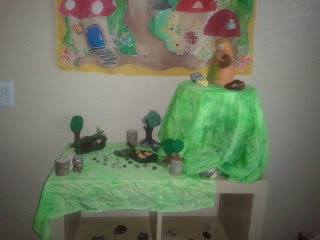 |
| Photo Credit: Me |
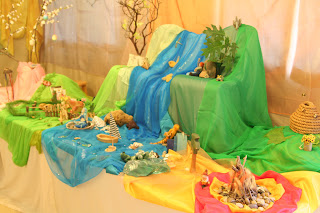 |
| Photo Credit: Flicker/Sara Belleae |
| Photo Credit: Feedealune |
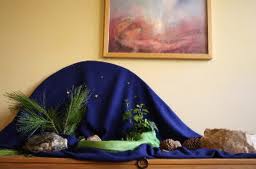 |
| Photo Credit: Knechtruprechetdolls |
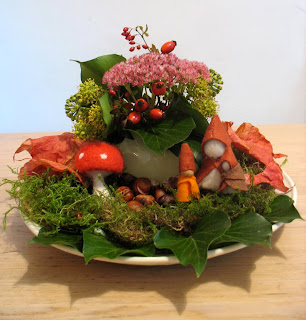 |
| Photo Credit: How the Sun Rose: Lala Girl |




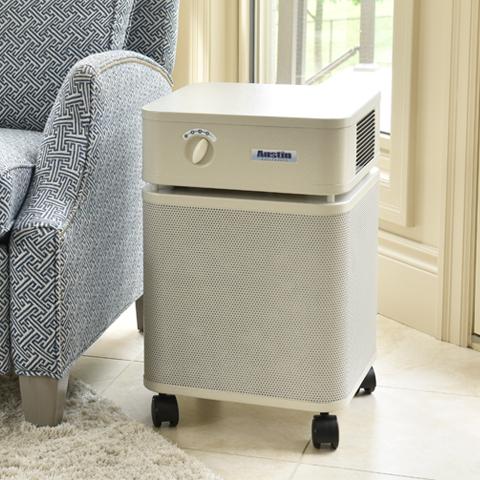

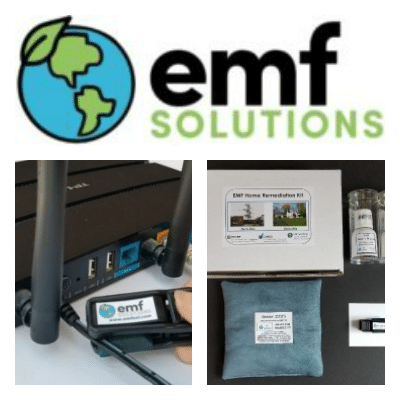


CatholicMommy says
What a great idea! The ones you show are beautiful.
Charise @ I Thought I Knew Mama says
I can’t wait to do this with Baby!!! At 13 months, he would only throw the items, but when he is a bit older, we will definitely start this beautiful tradition.
Dionna @ Code Name: Mama says
We’ve never done nature tables, but I love how you’ve explained their purpose and function. From a mama who has to force herself (and child) outside when the elements aren’t kind, this could be a great way for us to consciously connect with nature. Thank you!
The Happy Hippie Homemaker says
What a great idea! Thanks so much for the explanation and inspiration!!
Patti @ Jazzy Mama says
What I really like about the Nature Table is it’s Intentionality. My children often bring me interesting things that they find outdoors and they typically end up somewhere on the messy counter along with the nailclippers, the mail and some old fruit. Seriously.
If I would dedicate a place in the house for the treasures the children find, then they might be inspired to find more treasures. And we might be compelled to research what they find. Or we might even create something really amazing because we are inspired by our display!
So yes, I love the idea of a Nature Table and I intend to find a space for one immediately.
Lauren @ Hobo Mama says
All right, you’ve convinced me — now I want a nature table. 🙂 Thanks for giving me plenty of suggestions. Mikko already loves to find and collect sticks and rocks and flowers — might as well have a unified place to display them, so they don’t just all end up rattling around in the dryer to surprise me. 🙂
Momma Jorje says
What a cool idea! I could totally see using a similar idea for creating cultural tables. You could change them each month or every _____. It would be a great, fun way to work on Social Studies. You would also need to be creative to come up with some of the items that would normally be found on the other side of the globe!
Isil says
I have always wanted to do this,first space was an issue, then baby. But this winter he’ll be 2 and I think he might love it as much as his sister.Thanks for sharing your insights.
mrs green @ littlegreenblog says
I LOVE our nature table, but I admit to not using for the past year or so. I really should get it up together again; thanks for the inspiration, the fantastic instruction for newbies and for the lovely photos 🙂
Ashley says
As an environmental educator and new Waldorf parent I love this post! I bought my daughter a little bucket just for collecting things when we go out, but then they are forgotten about once we get inside. I really need to set up a table!